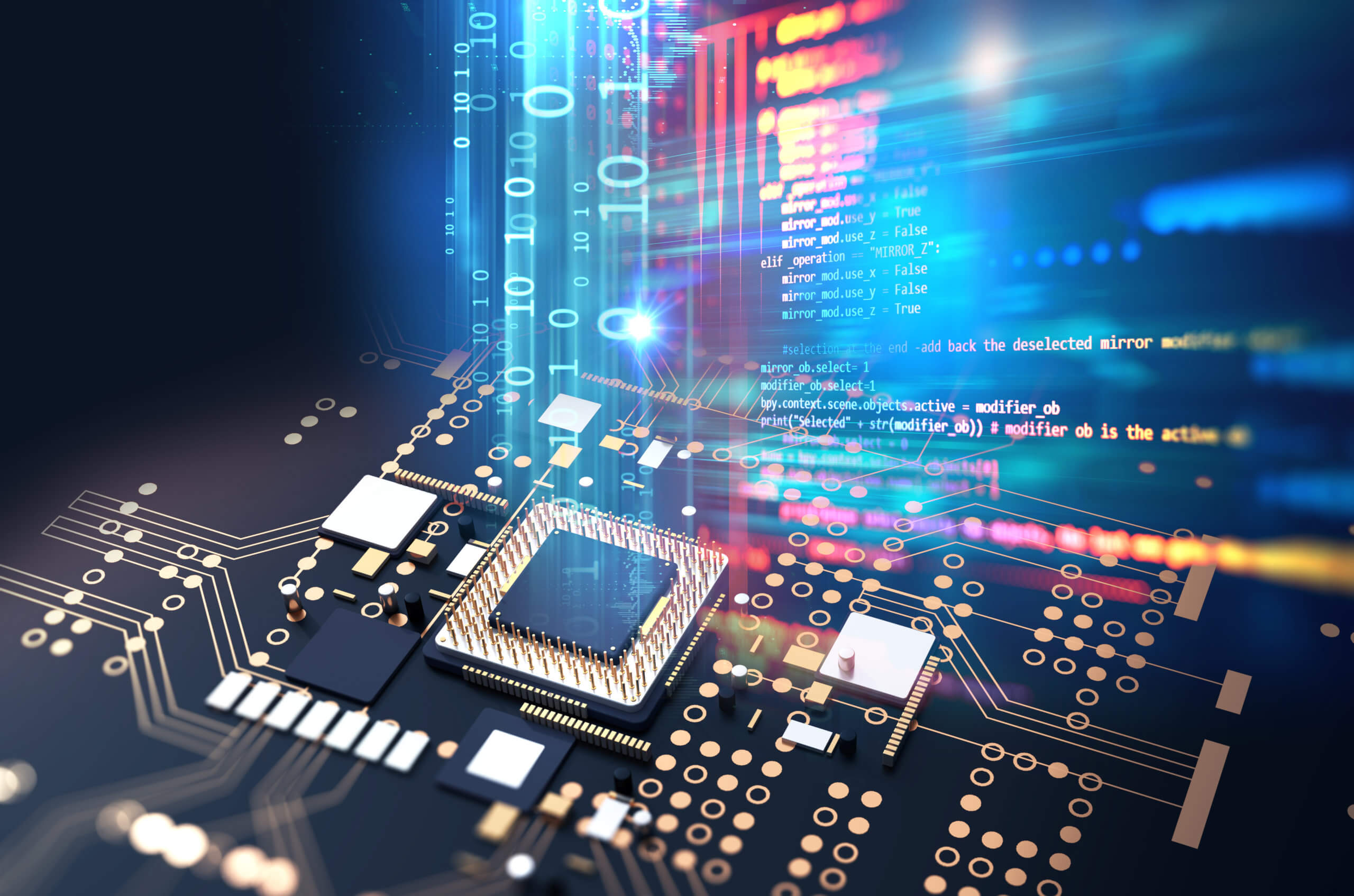Businesses run on software, and software runs on hardware. Everyone is familiar with software, but hardware is foreign to most users. Despite this, the interplay between hardware and software is essential to an organization’s operations.
The primary difference between the two is that hardware is the physical components of a computer. In contrast, software is the programs and applications that run on your devices. Most devices use a mixture of hardware and software. For example, your computer’s monitor and mouse are hardware, and your internet browser is software.
For a quick video explanation, check out the link below:
What is Hardware, and What can it do?
Every physical component of a device is hardware. You can reach out and touch hardware, you cannot touch software. Hardware includes all of the physical devices in a computer, like a motherboard, RAM, or processors. For devices like computers, hardware has a heavy influence on performance. Higher performance hardware tends to cost more and requires more resources. Powerful video cards or a CPU, for example, may require a lot of electricity and more cooling than weaker internal components. Most computer components perform better at cooler temperatures
Hardware is limited in what it can do on its own. Hardware enables the technology to run, software is what is actually running. A good analogy is with a book. Hardware is the paper, binding, and ink.
The primary purpose of hardware for most use cases is to allow the device to run software. Most users won’t have to worry much about computer hardware. Businesses often buy prebuilt desktop computers or laptops. This lets them leave most hardware considerations to professionals, from power supply to output devices. In hardware-related product categories like rack servers, vendors provide hardware and software so that users have a nearly out-of-the-box solution.
What is Software and What is it Used For?
Software is all of the programs and code that runs on top of hardware for additional functionality. Software programs range from application software like MS Word or Photoshop to operating system software like Windows. Simple programs make computers able to be used by normal consumers
Unlike hardware, software is a nonphysical component of devices. Software, to continue the book analogy, is the illustrations and other content. Still, hardware is necessary for using software. More complex software may require more powerful hardware. Activities like rapid, complex calculations or highly detailed image rendering can have stringent hardware requirements to run correctly. Weaker hardware can run less demanding software like PowerPoint or basic Excel functions.
While most users won’t have to make many decisions regarding hardware, they may have to for software. The feature differences between different software options are often more understandable to non-technical professionals. Existing hardware often has to be considered when choosing software. Businesses using a macOS infrastructure, for example, will have to purchase different software than a business using Windows.
Can you have Software without Hardware?
Hardware and software are typically sold separately, but they aren’t much good apart from each other. Software needs hardware to run. You can’t run a line of code or open an application without a computer. All computers consist of hardware. Similarly, you can buy pieces of hardware without software, but without the software, it’s useless for most consumers. Even input devices like a keyboard won’t work without code telling your computer how to interpret each keystroke.
In general, hardware and software work in tandem with each other. Businesses will always need hardware to run the software that is critical to their operations.
Storage: Software vs Hardware
Some industries, such as the storage industry, offer hardware and software solutions. It is important to note that even though they are called software and hardware solutions, both of them use hardware and software. These titles refer to the foundation of the system itself, relative to other options.
A software-based storage system uses a small piece of hardware to create virtualized servers for storage. Hardware solutions like physical servers use software for networking so that you can access the data from your computer. Even SaaS-based cloud solutions still use hardware. Cloud storage provides you with software-based access to data stored on a physical server off-premises.
Storage is one industry that offers hardware and software-based solutions. The pros and cons of hardware and software storage solutions are similar the general trends for these things. The benefits of a software-based solution like virtualized storage include scalability, maintenance, and physical space requirements. Businesses using software-based storage solutions won’t need to maintain a server room. As storage needs increase or decrease, businesses can adjust their storage plan. This is great for smaller businesses anticipating rapid growth. The main downside of software storage solutions is speed. Latency can make read/write times slower in software solutions.
The key benefits of hardware-based storage solutions are high speed and reliability. When businesses use cloud-based storage, they are reliant on the internet and the service. If the internet or cloud service goes down, the business may lose access to the data. With a hardware-based solution, all the data is on-site, even if your office loses internet connection. Hardware-based solutions do require a savvy staff of technical users to manage them. Hardware solutions may be less appropriate for small teams that can’t devote many human resources to them.
If you’d like to learn more about hardware and software products, check out the category pages on Trustradius.com.
Need Any Technology Assistance? Call Pursho @ 0731-6725516







